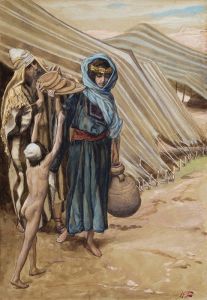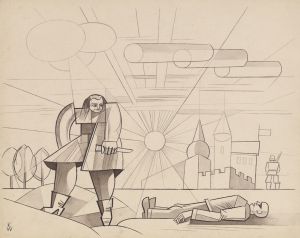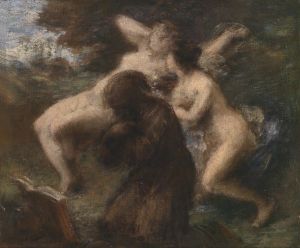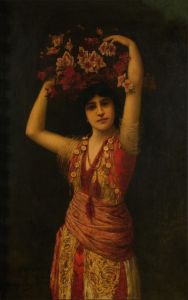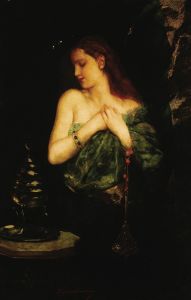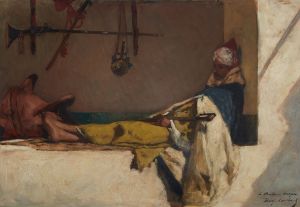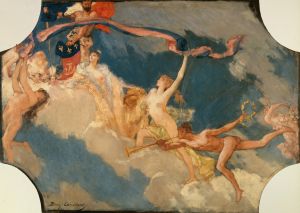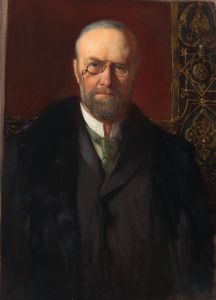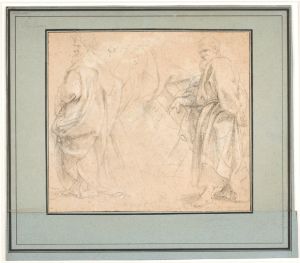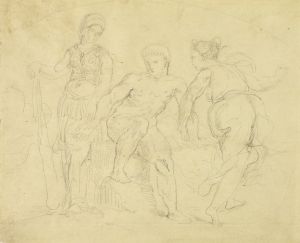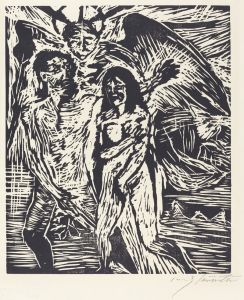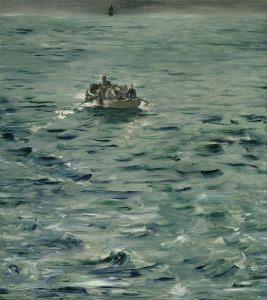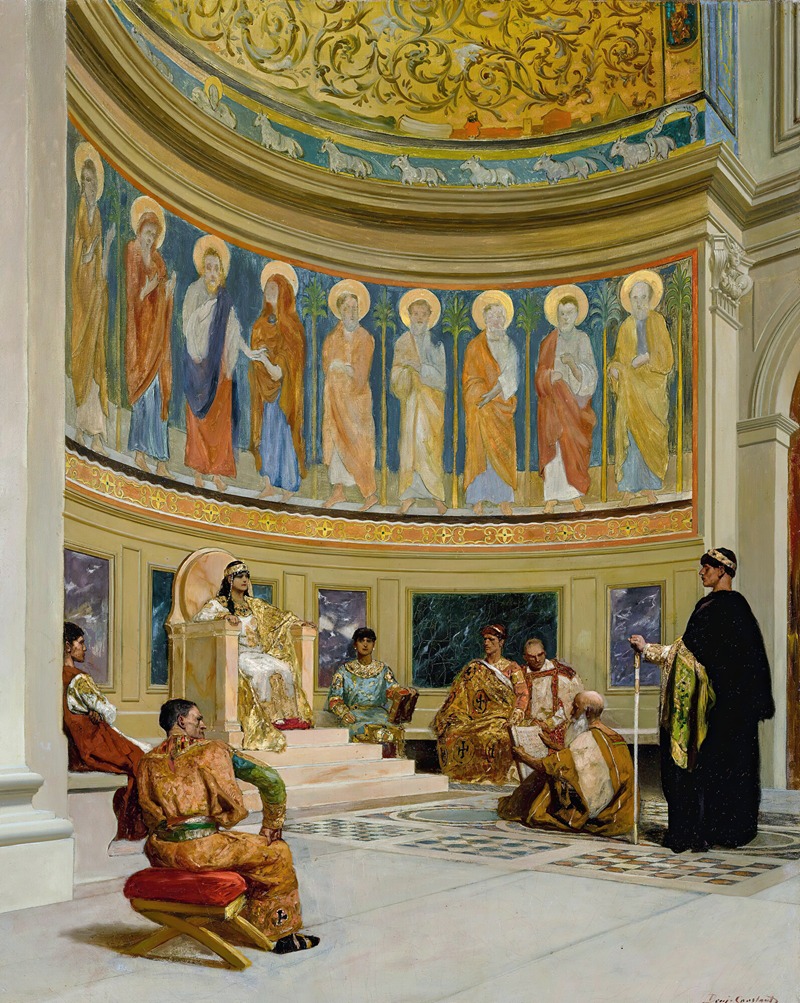
Saint John Chrysostom Exiled By The Empress Eudoxia
A hand-painted replica of Jean-Joseph-Benjamin Constant’s masterpiece Saint John Chrysostom Exiled By The Empress Eudoxia, meticulously crafted by professional artists to capture the true essence of the original. Each piece is created with museum-quality canvas and rare mineral pigments, carefully painted by experienced artists with delicate brushstrokes and rich, layered colors to perfectly recreate the texture of the original artwork. Unlike machine-printed reproductions, this hand-painted version brings the painting to life, infused with the artist’s emotions and skill in every stroke. Whether for personal collection or home decoration, it instantly elevates the artistic atmosphere of any space.
Jean-Joseph-Benjamin Constant's painting Saint John Chrysostom Exiled by the Empress Eudoxia depicts a historical and religious event centered on the life of Saint John Chrysostom, a prominent early Church Father and Archbishop of Constantinople. The painting illustrates the moment of Chrysostom's exile, which was ordered by Empress Eudoxia, the wife of Emperor Arcadius, during the late 4th and early 5th centuries.
Saint John Chrysostom, known for his eloquent preaching and theological contributions, often criticized the moral and political corruption of his time. His outspoken nature and reformist stance brought him into conflict with powerful figures, including Empress Eudoxia. The tensions between Chrysostom and the imperial court escalated when he condemned the opulence and moral failings of the ruling elite, which some interpreted as direct criticism of the empress herself. This conflict culminated in his exile in 403 CE, following a synod manipulated by his opponents.
Benjamin Constant, a French academic painter of the 19th century, was known for his historical and orientalist works. In this painting, he captures the dramatic and emotional weight of Chrysostom's forced departure. The composition likely emphasizes the tension between the spiritual authority of Chrysostom and the temporal power of the empress, reflecting the broader historical struggle between church and state during the Byzantine era. The artist's use of rich colors and detailed figures is characteristic of his style, which often sought to bring historical and religious moments to life.
While the painting provides a visual interpretation of this historical event, it is important to note that artistic representations may include elements of dramatization or creative license. The work serves as both a historical reflection and an artistic exploration of themes such as power, faith, and conflict.
Further details about the painting's creation, including its exact date and current location, are not widely documented.





